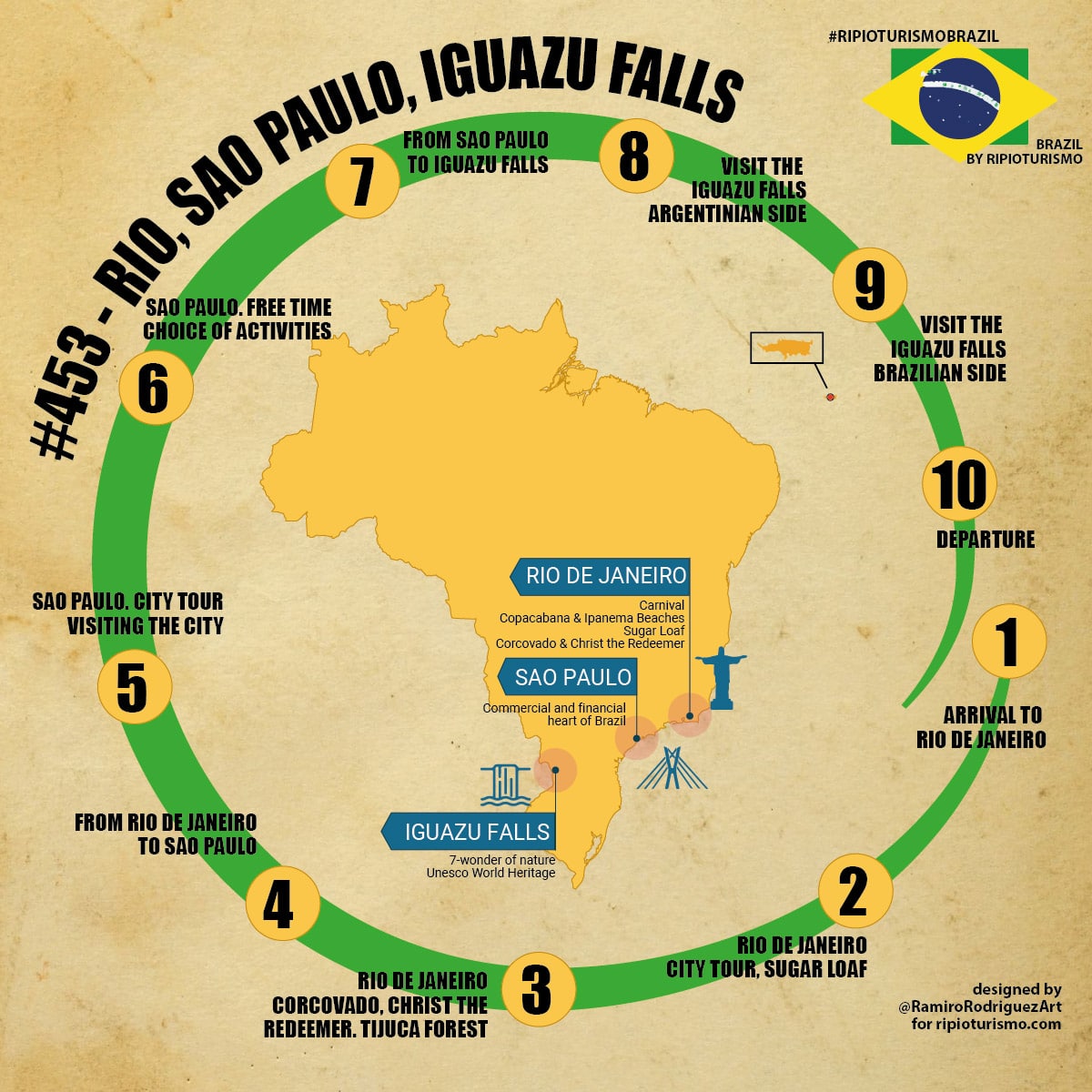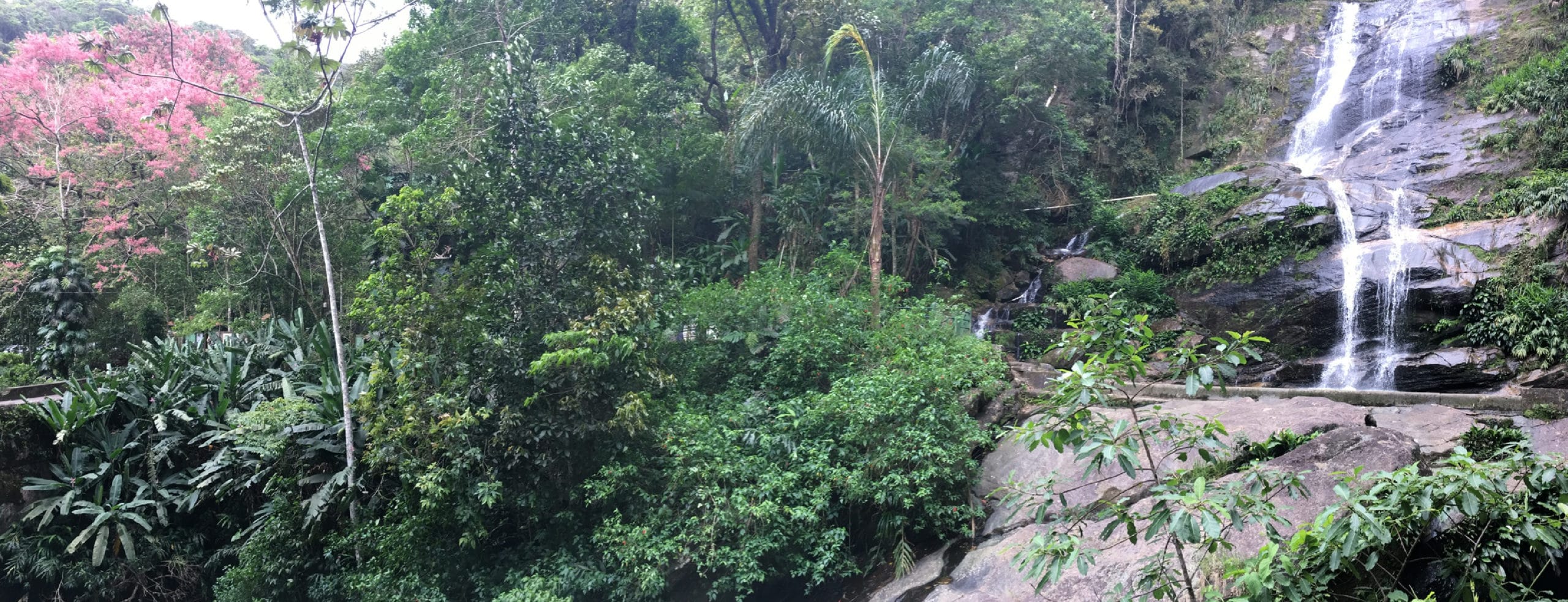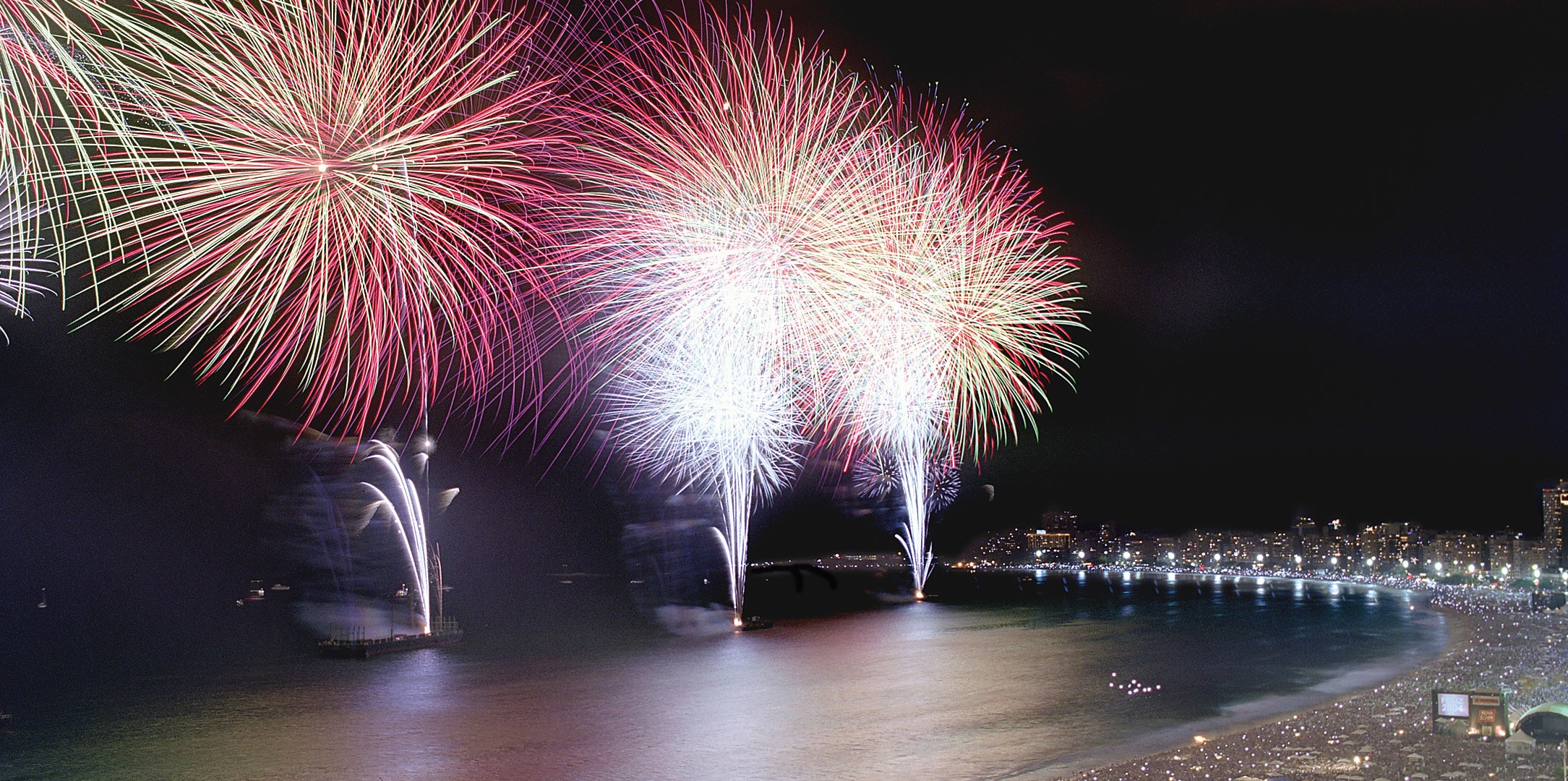The Maracaná Stadium in Rio de Janeiro
If you are a lover of the most popular sport in the world, I am sure this will be a must. As you may well know, soccer is a fundamental part of the identity and culture of all Brazil and in particular for the Cariocas, and this becomes clear when the Maracana stadium in Rio de Janeiro is known. Known not only in Brazil but internationally as the Temple of Soccer, where two world finals were played, the first in 1950 between the local and Uruguay, and the second in 2014 facing Argentina and Germany. The Maracana is the largest stadium in the country and for years it held the title of being the largest in the world.
The Maracana Stadium: a bit of history
Playing at the Maracana and of course winning there has always been one of the great dreams of every professional footballer. The atmosphere in this stadium is hardly surpassed by any other in the world. The most prominent world football stars such as Pelé, Ronaldo and Maradona have paraded on its lawn, but it has also been the scene of massive artistic events such as concerts by Paul McCartney, Frank Sinatra, Madonna, The Rolling Stone or the Brazilian Roberto Carlos, among others.
The history of the Maracana and how it became the symbol that it is today, dates back to the mid-20th century. This iconic symbol of Rio de Janeiro was inaugurated on June 16, 1950 to host the Soccer World Cup that took place in Brazil that same year, with the name of Municipal Stadium of Maracaná. Years later, in 1964 the name was changed to the Mário Filho Stadium in honor of the founder of the newspaper Jornal dos Sports, but despite the years, the stadium is still known simply as the Maracanã Stadium.
For more than forty years, the Maracana had a maximum capacity of nearly 200,000 people (many of whom were standing) which, although it was a record, in practice represented a significant danger. On July 12, 1992, during a match of the Brazilian championship, between two soccer teams from Rio de Janeiro, Flamengo and Botafogo, a serious accident occurred, part of the stands collapsed causing more than fifty people They fell into the void and causing the death of 3 of the spectators. Due to this fatal event, the Maracana Stadium was remodeled to accommodate a maximum of 130,000 people.
Even so, this capacity continued to be too high and subsequent reforms – the largest of which was made to comply with the requirements demanded by FIFA for the organization of the 2014 Soccer World Cup – gradually decreased it, to guarantee the public safety. Currently the Temple of Soccer can house up to 78,838, in much more comfortable, more modern and, of course, safer facilities.
The sports complex of the Maracaná Stadium also includes other facilities such as a water park with Olympic swimming pools, athletics tracks and what is known as the Maracanãzinho, a smaller and covered stadium where volleyball, basketball and futsal games are played.

The Maracaná Stadium: Two FIFA World Cup
Brazil organized two different FIFA World Cup, and of course the Maracaná Stadium received two different final matches. In 1950, Brazil faced Uruguay. The expectation was maximum and more than 170,000 fans packed the facilities to cheer on their team in a tournament in which they seemed unbeatable. The match seemed doomed to end in a 1-1 draw when, just 11 minutes from the end, the Uruguayan team scored the goal that would give it the World Cup. The crowd was devastated and at that moment the term “Maracanazo” was coined to refer to the terrible defeat suffered by the Brazilian team in its great Temple of Soccer.
Many years later, in 2014, the Maracana would receive another final of the FIFA World Cup. In that case, the teams from Argentina and Germany reached the most important match in the competition, defining themselves in overtime, with a goal from Mario Goetze. It was 1-0 for Germany, which became world champion for the fourth time. But a few days before, another important milestone was going to remain in history. Brazil would have another bad memory in a stadium on Brazilian soil. The local team faced Germany in one of the semifinals of the world cup, falling 7-1 resoundingly in a match that is also remembered by the world fans.
Much more recently, the Maracana was also the venue for the 2020 Copa America final, which was played in 2021 due to COVID. In that final, Brazil received Argentina and was defeated again. In that case, the match ended 1-0 for the Albicelestes, with a goal from Angel Di Maria.

Visiting the Maracana Stadium
After a period of uncertainty and neglect after the 2016 Olympics, it seems that the famous stadium is making a comeback. Now it is ready again to receive curious and football lovers who go on pilgrimage to see this famous coliseum.
If the tourist goes on their own, they can opt for the guided tour that takes place in the stadium facilities. During it you can get to know several of the most important areas of the renovated Maracana. The visit begins in the press area and continues in the authorities’ box, you can also see the most expensive private boxes with capacity for between 5 and 44 people, whose prices include the buffet menu service.
In addition, you can visit the changing rooms and have the experience of feeling like a little soccer star when you go out onto the pitch through the tunnel. In the entrance hall there is a tribute to those who are considered two of the best footballers in the history of Brazilian football: a bust and the footprints of Garrincha, who is said to have become one of the greatest, and the footprints of Pelé along with the ball with which he scored his thousandth goal.
On one side of this same hall there is a small souvenir shop and a cafeteria. The current facilities of the Maracaná Stadium are modern, much more comfortable and safe, which is why it was the stadium chosen to host the 2014 World Cup final as well as the opening and closing ceremonies of the 2016 Rio de Janeiro Olympics.
Check activities available in Rio de Janeiro
We have a complete list of activities and excursions to enjoy Rio de Janeiro. One of these activities is the Carnival Experience, to learn more about the amazing Carnival of Rio de Janeiro
Other amazing activities in Rio de Janeiro




Enjoy our tours to visit Rio de Janeiro and other destinations in Brazil
Are you looking for tours to visit Rio de Janeiro and other destinations in Brazil? One of my favorites is the #453 – Rio de Janeiro, Sao Paulo and Iguazu Falls. Check more information by clicking in the image below
More tours to visit Rio de Janeiro and Brazil
We have a complete list of tours to visit Rio de Janeiro and other amazing destinations in Brazil. Check our complete list of tours for Brazil here
For more information, just contact us at info@ripioturismo.com
Thank you!
Photo: Wikipedia















